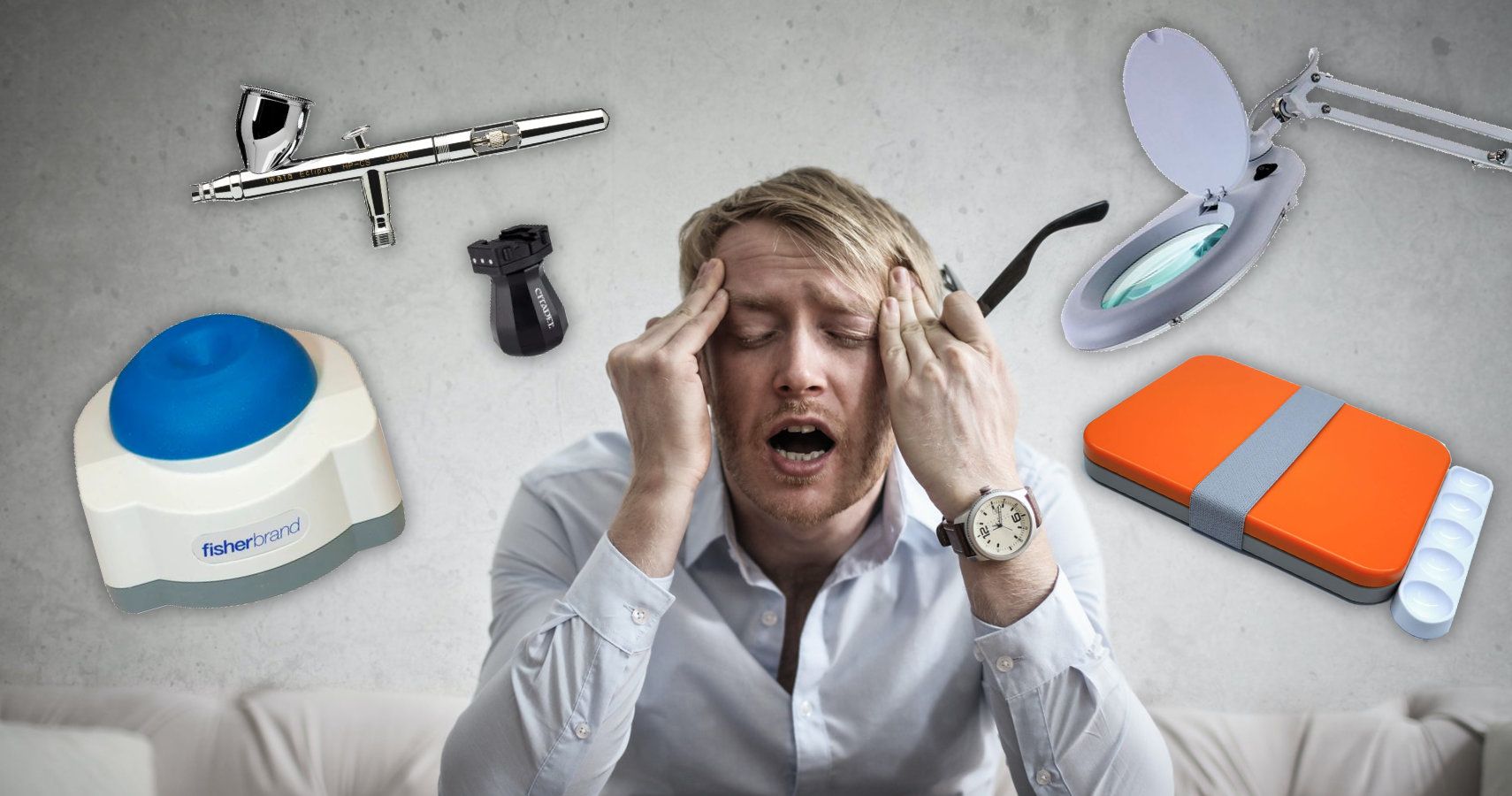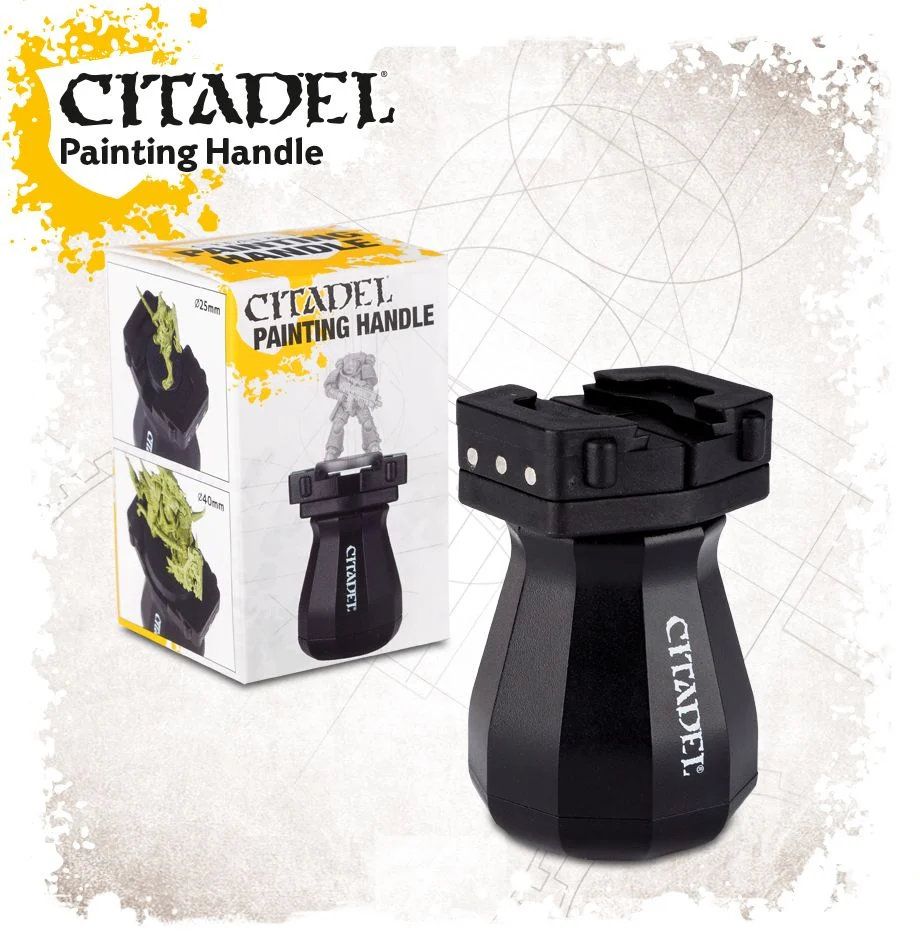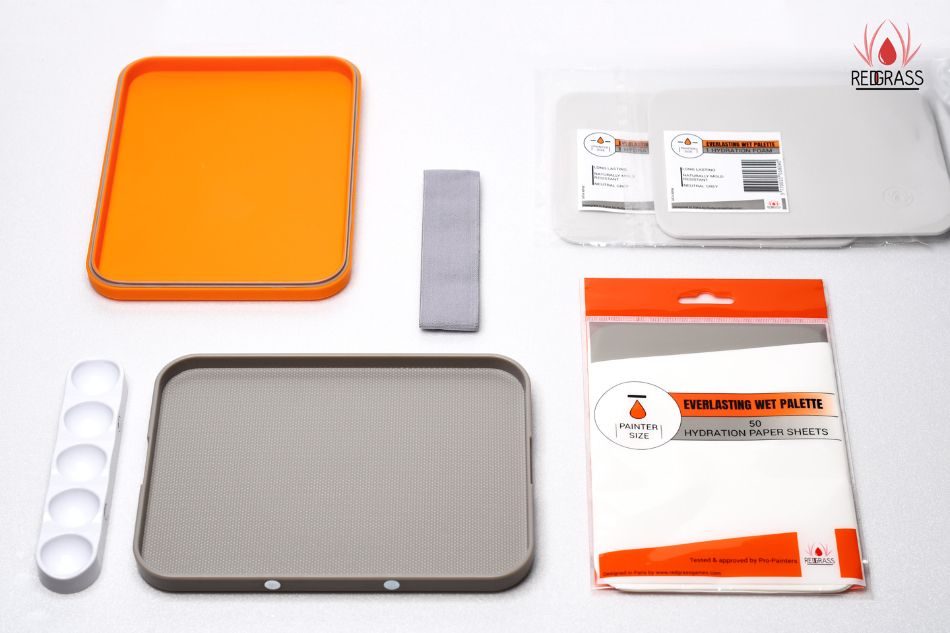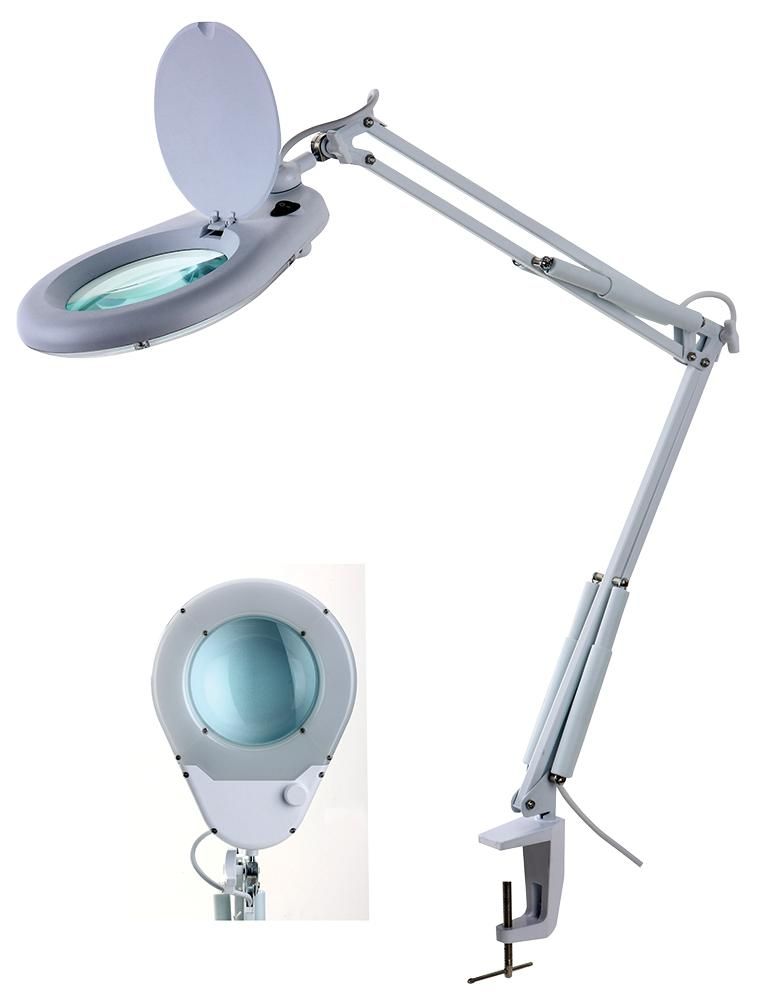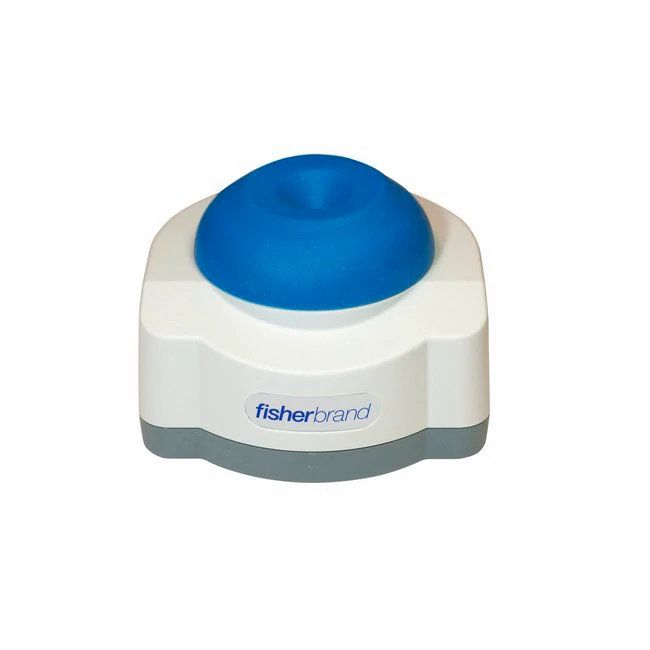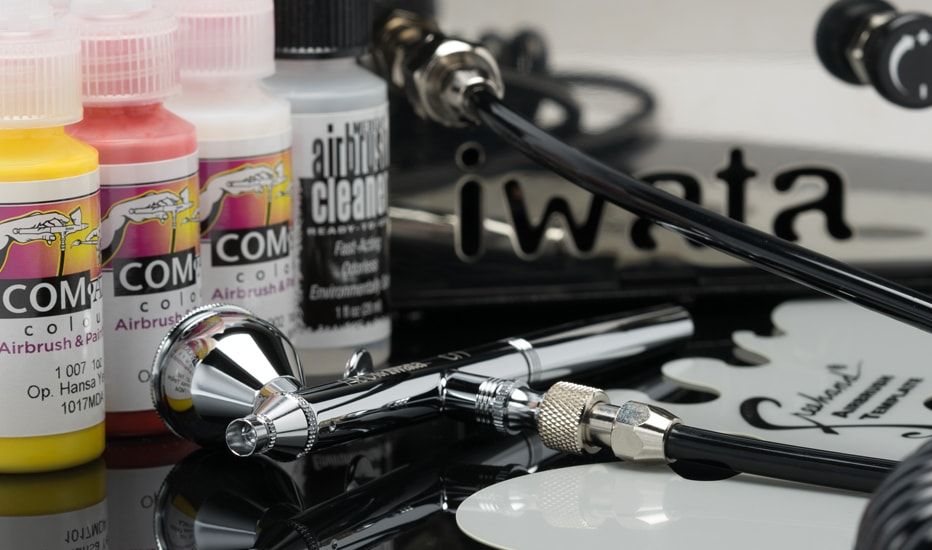We’ve spent a few articles now talking about tabletop miniature painting and you should be well on your way to becoming a grandmaster miniature painter! If not, you should check out our list of beginner and intermediate tools as well as our primer on choosing the right paint. Today we are going to take a look at some of the advanced tools you could add to your arsenal and we share a few sneaky tips while we are at it as well.
Painting Handle
Up until now, we haven’t spoken about handling your miniature while you are painting. Let’s be clear - you don’t need anything if your mini is attached to its base, but having an ergonomic handle will help you with longer painting sessions. For starters, elevating your mini will help you avoid rubbing paint off and color contamination. It will also help reduce strain in your hands while you paint - a common factor in RSI.
Painting handles are fairly ubiquitous now with most gaming supply stores having something on hand. Worst case, a blob of mounting putty on an old paint bottle will do. A handy tip for batch painting: get a spare base and stick a large tongue depressor to it. The base will site nicely in the paint holder still, but the added surface area of the depressor will allow you to line up groups of miniatures ensuring that they all get the same paint job when doing them in batches.
Wet Palette
You may have heard of this term, but not really known what one is or how it should be used. A wet palette is typically a plastic container with an airtight lid, that houses a thin wet sponge upon which special paper that allows the water beneath to permeate through to the paint. This has several benefits; it helps stop paint from drying up - even between sessions. A nice side effect of this is that the paint often thins down by itself. You will also find it easier to mix paints and to make a transition from lighter to darker tones for improved blending on your models. Getting to grips with a palette can be a challenge but once mastered, you’ll never look back.
Magnifier
One of the questions I often hear is “how can you paint so finely without getting paint everywhere?”. The answer is simple - practice. Hours and hours of practice. But that doesn't mean we can't make life a bit easier. We can take some inspiration from watchmakers who often work with miniature parts = the magnifying glass. You can opt for a wearable set similar to a pair of glasses or you can use a desk-mounted spyglass. The important thing is good magnification that also keeps both hands free. This 'zooming' in on the model allows you to see more of the fine detail (and your mistakes) and you will be surprised how quickly your hand to eye coordination adopts to this view, making painting details a lot easier. Just don’t expect miracles overnight.
Paint Shaker
The bane of every painter is unmixed paint. If like me, you have spent more hours shaking paints than actually painting, it may be time to get a paint shaker. There are several products out there, ranging from sketchy to supercool.
Starting with sketchy, we have attachments for power tools that hold a bottle and shake them either through vibration or an in-line with a tool's motion. Watch out though, as apart from the noise, the bottles have a habit of flying loose and smashing against walls leaving a paint splat behind! Other devices available include dedicated paint shakers that you strap a bottle into. These are more secure but operate in much the same way as the power tool method.
The creme de la creme of paint mixers is a vortex mixer that many scientists find in their labs. These nifty little machines feature a silicone self-activating cup that you hold a bottle into that activates a high-speed motor that spins round and forms a vortex in your paint which mixes it very quickly and without the noise and mess. These are expensive mind, although the price has been slowly dropping since they entered the hobby.
Airbrushes
Airbrushes are the most expensive investment a mini painter will probably make. Not only are airbrushes precision tools but they require an expensive air compressor to get the most from them. You may have seen cheap airbrushes on eBay but believe me, the vast majority of these are cheaply made and there are plenty of reports of people struggling to get them to blow paint properly. The investment into a quality brand will serve you and last for a lifetime.
Next up is the air compressor. If you have enough airline to distance yourself, a shop compressor will work; just fit a good oil/moisture trap to get clean/dry air. For the rest of us, a quiet desktop compressor that has been designed for use with an airbrush is what you need.
Airbrushes are great for mundane tasks such as priming, base coating, and larger models, but skilled painters will be able to get a lot of mileage before they have to switch to a brush. The main advantage is the thin paint delivery and no brush strokes!
Bonus - Bits Box
Have you ever wanted to add a skull to a base? You need a bits box. It's a place to store all the spare parts from left-over sprues. These hidden treasures are invaluable as you grow as a painter. Whether it's a custom base or an epic diorama., these unused bits can be used in all sorts of imaginative ways. An extreme example of this dates back to the late 70s when the model makers for Star Wars needed to break up the flat surfaces on their space ships. These parts became known as greeblys and were raided from model kits.
So there we have it, more useful tools for miniature painting. I hope our little series has been of use for you and has wet your appetite to get started. Happy painting!

